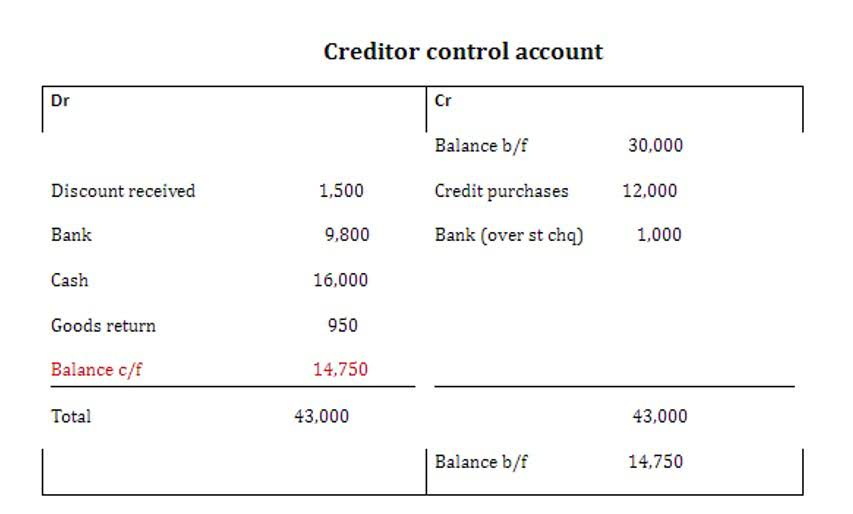Change in Net Working Capital NWC Formula + Calculator

Working capital, often referred to as the lifeblood of a business, represents the funds available for day-to-day operations. It encompasses current assets such as cash, inventory, and accounts receivable, minus current liabilities like accounts payable and short-term debt. Changes in working capital reflect the fluctuations in a company’s short-term assets and liabilities over a specific period. Working capital represents a company’s ability to pay its current liabilities with its current assets.
Amazon Owner Earnings Example

Net change in cash represents the difference in a company’s cash balance from one accounting period to the next. It’s a crucial figure found in the cash flow statement, giving insight into whether a company’s bookkeeping cash reserves have increased or decreased over a specific period. Net working capital is the difference between a business’s current assets and its current liabilities. Net working capital is calculated using line items from a business’s balance sheet. Generally, the larger your net working capital balance is, the more likely it is that your company can cover its current obligations. To find the change in Net Working Capital (NWC) on a cash flow statement, subtract the NWC of the previous period from the NWC of the current period.

Discover how you can enhance cash forecasting accuracy with AI

What was once a long-term liability, such as a 10-year loan, becomes a current liability in the ninth year, when the repayment deadline is less than a year away. For many firms, the analysis and management of the operating cycle is the key to healthy operations. In our example, if the retailer purchased the inventory on credit with 30-day terms, it had to put up the cash 33 days before it was collected.

What Does the Current Ratio Indicate?
Working capital is calculated by subtracting current liabilities from current assets. The current ratio, also known as the working capital ratio, provides a quick view of a company’s financial health. Working capital is critical to gauge a company’s short-term health, liquidity, and operational efficiency.
- They typically include cash in the bank, raw materials and inventory ready for sale, short-term investments, and account receivables (the money customers owe you).
- This, in turn, can lead to major changes in working capital from one month to the next.
- Therefore, as of March 2024, Microsoft’s working capital metric was approximately $28.5 billion.
- • Net working capital (NWC) is the difference between a company’s current assets and current liabilities.
- This 16% shows that the company is increasing its Net Working Capital Ratio, which means it’s putting more of its money into things that can be quickly turned into cash.
- Understanding the factors driving changes in working capital is essential for evaluating a company’s financial health and operational efficiency.
- Some companies have negative working capital, and some have positive, as we have seen in the above two examples of Microsoft and Walmart.
The formula to calculate the working capital ratio divides a company’s current assets by its current liabilities. First, add up all the current assets line items from the balance sheet, including cash and cash equivalents, marketable investments, and accounts receivable. Net working capital is a liquidity calculation that measures a company’s ability to pay off its current liabilities with current assets. This https://www.bookstime.com/ measurement is important to management, vendors, and general creditors because it shows the firm’s short-term liquidity as well as management’s ability to use its assets efficiently.
- Below, we’ll break down how to find net working capital, the calculations involved, and what it really means for your business.
- For example, imagine the appliance retailer ordered too much inventory – its cash will be tied up and unavailable for spending on other things (such as fixed assets and salaries).
- Working capital is critical to gauge a company’s short-term health, liquidity, and operational efficiency.
- Conversely, if a company is not growing, it may not need as much working capital and may experience a decrease in net working capital requirements.
- The net working capital (NWC) metric is a measure of liquidity that helps determine whether a company can pay off its current liabilities with its current assets on hand.
- What is a more telling indicator of a company’s short-term liquidity is an increasing or decreasing trend in their net WC.
Accounts Payable Payment Period
Conversely, a negative WC might not mean the company is in poor shape if it has access to large amounts of financing to meet short-term obligations such how to calculate changes in net working capital as a line of credit. Net Working Capital plays a significant role in assessing a company’s liquidity and operational efficiency. Typical current assets that are included in the net working capital calculation are cash, accounts receivable, inventory, and short-term investments. The current liabilities section typically includes accounts payable, accrued expenses and taxes, customer deposits, and other trade debt. This indicates the company lacks the short-term resources to pay its debts and must find ways to meet its short-term obligations.

- If the change in working capital is positive, the company can grow with less capital because it is delaying payments or getting the money upfront.
- Still, it’s important to look at the types of assets and liabilities and the company’s industry and business stage to get a more complete picture of its finances.
- In simple terms, working capital is the net difference between a company’s current assets and current liabilities and reflects its liquidity (or the cash on hand under a hypothetical liquidation).
- The suppliers, who haven’t yet been paid, are unwilling to provide additional credit or demand even less favorable terms.
- Net working capital, often abbreviated as “NWC”, is a financial metric used to evaluate a company’s near-term liquidity risk.
- If it’s zero, your business can meet its current obligations but may need more investment capacity.
The interpretation of either working capital or net working capital is nearly identical, as a positive (and higher) value implies the company is financially stable, all else being equal. To reiterate, a positive NWC value is perceived favorably, whereas a negative NWC presents a potential risk of near-term insolvency. The Net Working Capital Ratio is like a measuring tape for a business’s short-term money compared to everything it owns. Using hedging strategies to offset swings in cash flow can mitigate unexpected changes in working capital. However, there are some costs involved in these hedging transactions, which could affect cash flow.

